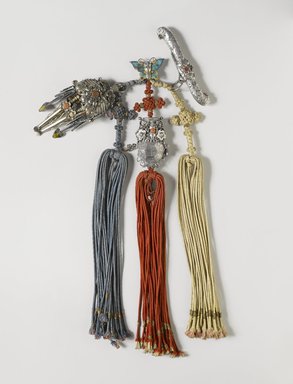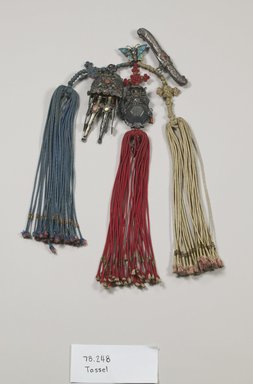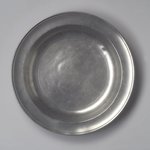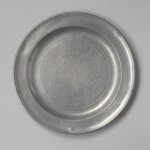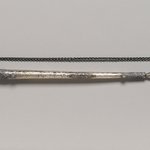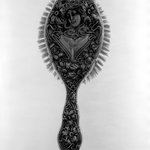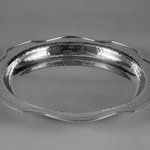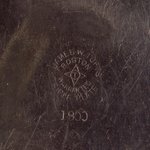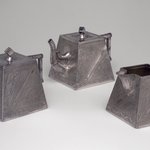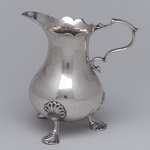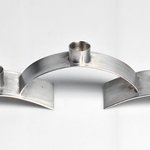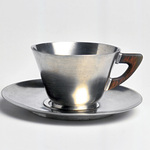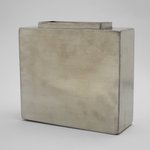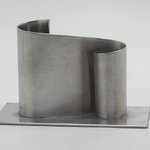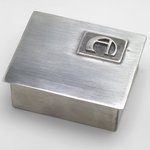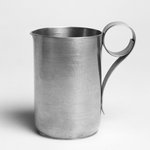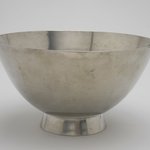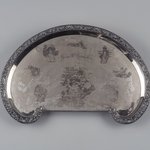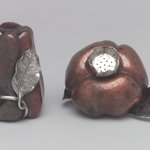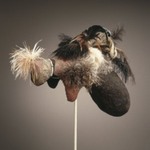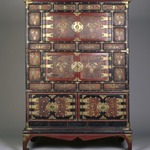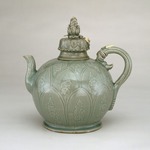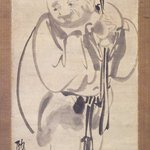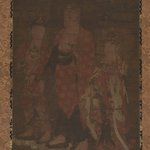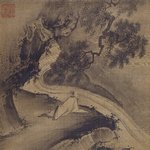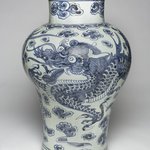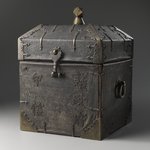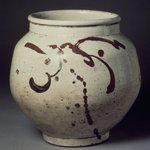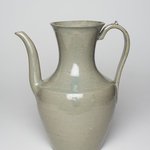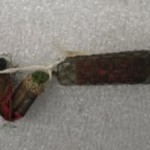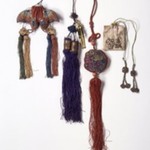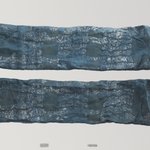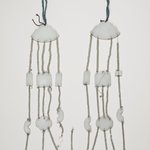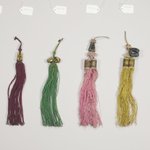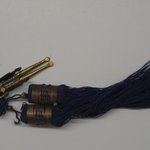Tassel (Samjak Norigae)
Asian Art
Women of the late Joseon wore norigae, or decorative pendants, hanging from the tie of a jacket or skirt. The norigae consisted of tassels hanging from multiple elements that would sway with the woman’s movement and sometimes make a soft jingling noise. This elaborate example has three pendant objects (samjak) that symbolize good fortune and proper wifely behavior. The miniature sword wards off evil. The gourd-shaped vase represents joy and plenty. The object with the smaller pendant elements is a wind chime/noisemaker that farmers would hang in the fields to scare away birds; it too serves to protect the wearer from harm.
MEDIUM
Enameled silver pendants with silk cords
DATES
20th century
DIMENSIONS
Overall length: 13 3/8 in. (34 cm)
Scarecrow length: 4 3/4 in. (12 cm)
Gourd bottle length: 2 3/8 in. (6 cm)
Sword length: 4 in. (10.2 cm)
(show scale)
ACCESSION NUMBER
78.248
CREDIT LINE
Gift of Jacqueline Miller Dunnington
MUSEUM LOCATION
This item is not on view
CAPTION
Tassel (Samjak Norigae), 20th century. Enameled silver pendants with silk cords, Overall length: 13 3/8 in. (34 cm). Brooklyn Museum, Gift of Jacqueline Miller Dunnington, 78.248. Creative Commons-BY (Photo: , 78.248_PS11.jpg)
IMAGE
overall, 78.248_PS11.jpg., 2017
"CUR" at the beginning of an image file name means that the image was created by a curatorial staff member. These study images may be digital point-and-shoot photographs, when we don\'t yet have high-quality studio photography, or they may be scans of older negatives, slides, or photographic prints, providing historical documentation of the object.
RIGHTS STATEMENT
Creative Commons-BY
You may download and use Brooklyn Museum images of this three-dimensional work in accordance with a
Creative Commons license. Fair use, as understood under the United States Copyright Act, may also apply.
Please include caption information from this page and credit the Brooklyn Museum. If you need a high resolution file, please fill out our online
application form (charges apply).
For further information about copyright, we recommend resources at the
United States Library of Congress,
Cornell University,
Copyright and Cultural Institutions: Guidelines for U.S. Libraries, Archives, and Museums, and
Copyright Watch.
For more information about the Museum's rights project, including how rights types are assigned, please see our
blog posts on copyright.
If you have any information regarding this work and rights to it, please contact
copyright@brooklynmuseum.org.
RECORD COMPLETENESS
Not every record you will find here is complete. More information is available for some works than for others, and some entries have been updated more recently. Records are frequently reviewed and revised, and
we welcome any additional information you might have.
